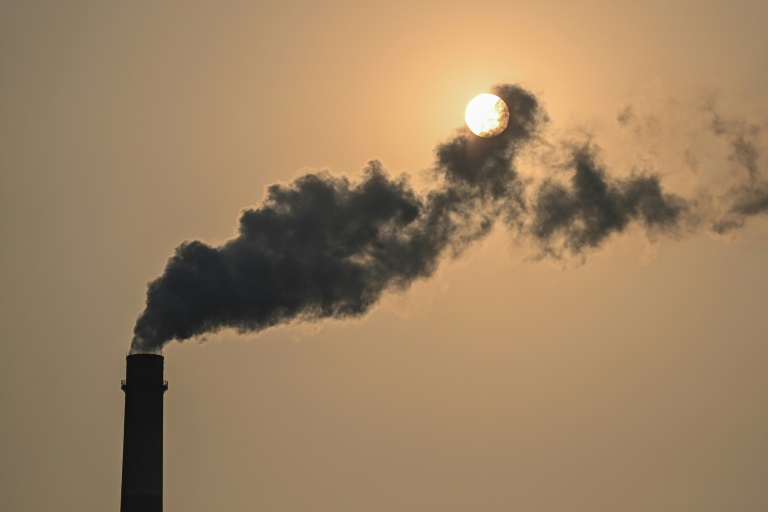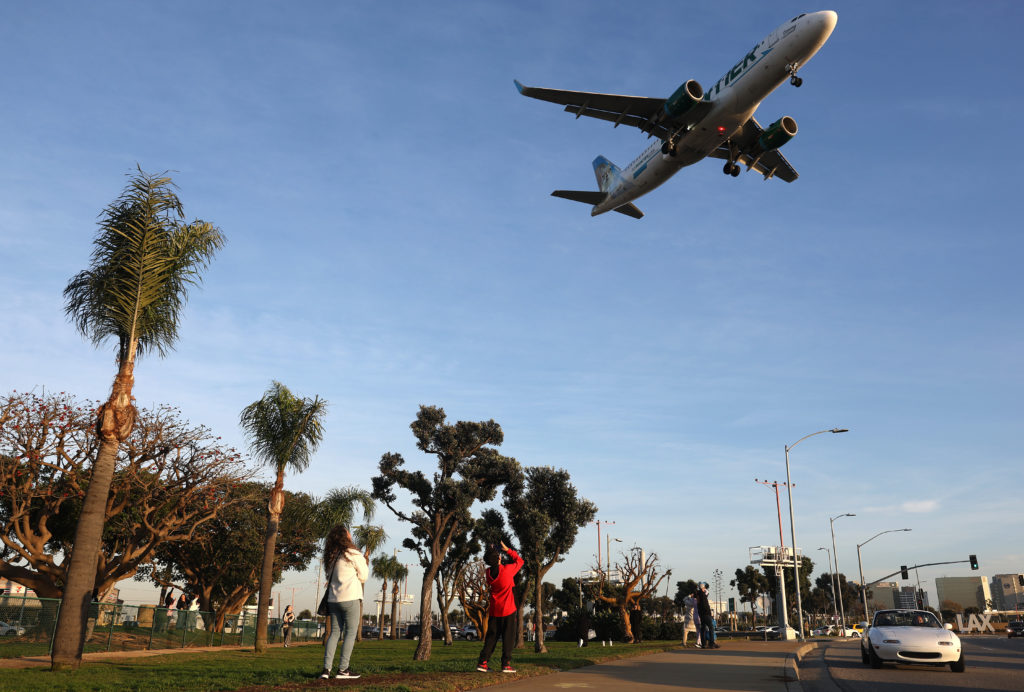Greenhouse gas concentrations in the atmosphere reached record levels last year, the United Nations said on Monday in a stark warning as Boris Johnson admitted being “very worried” about the COP26 summit going awry.
The UN’s blunt report on rising global warming comes as British Prime Minister Johnson, the COP26 host, said it was “very, very far from clear that we’ll get the progress that we need”.
“I’m very worried because it might go wrong… it’s touch and go,” Johnson said, though he remained hopeful a deal can be done at the 12-day climate talks to reduce carbon emissions and limit future temperature rises.
COP26, the UN Climate Change Conference, is being held in Glasgow from October 31 to November 12.
The UN’s World Meteorological Organization said that continued rising greenhouse gas emissions would result in more extreme weather and wide-ranging impacts on the environment, the economy and humanity.
The WMO said the economic slowdown caused by the Covid-19 pandemic triggered a temporary decline in new emissions, but had no discernible impact on the atmospheric levels of greenhouse gases and their growth rates.
The organisation’s Greenhouse Gas Bulletin said the annual rate of increase last year was above the yearly average between 2011 and 2020 — and the trend continued in 2021.
– ‘Way off track’ –
The WMO said that as long as emissions continue, global temperatures will continue to rise.
And given the long life of carbon dioxide (CO2), the temperature levels already observed will persist for several decades even if emissions are rapidly reduced to net zero.
“The Greenhouse Gas Bulletin contains a stark, scientific message for climate change negotiators at COP26,” said WMO chief Petteri Taalas.
“At the current rate of increase in greenhouse gas concentrations, we will see a temperature increase by the end of this century far in excess of the Paris Agreement targets of 1.5 to two degrees Celsius above pre-industrial levels.
“We are way off track.”
The WMO said that with continued rising greenhouse gas emissions, alongside rising temperatures, the planet could expect more extreme weather.
“We need to revisit our industrial,energy and transport systems and whole way of life. The needed changes are economically affordable and technically possible. There is no time to lose,” said Taalas.
The WMO also said that alarmingly, the southeast part of the Amazon rainforest, long a carbon sink, has now become a source of carbon emissions due to deforestation.
– ‘The disaster gets closer’ –
The three major greenhouses gases are CO2, methane and nitrous oxide. CO2 is the most important, accounting for around 66 percent of the warming effect on the climate.
CO2 concentrations reached 413.2 parts per million (ppm) in 2020, up 2.5 ppm, and is at 149 percent of the pre-industrial level in 1750, the WMO said.
Methane averages reached a new high of 1,889 parts per billion in 2020, up 11 ppb on the year before, and is at 262 percent of the pre-industrial benchmark.
Nitrous oxide averages reached 333.2 ppb, up 1.2 ppb, and is now at 123 percent of 1750 levels.
Euan Nisbet, from the University of London’s Greenhouse Gas Group, compared the greenhouse gas measurements to “skidding into a car crash”.
“The disaster gets closer and closer but you can’t stop it. You can clearly see the crash ahead, and all you can do is howl.”
Dave Reay, director of the Edinburgh Climate Change Institute, said the report provided a “brutally frank” assessment of COP achievements so far: “An epic fail.”
Meanwhile, a decade-old target for rich countries to contribute $100 billion a year to help poorer ones fight climate change should be attainable in 2023, according to analysis by the Organization for Economic Co-operation and Development.
The target was meant to have been reached last year, and the failure of developed nations to do so has become a key point of contention heading into Glasgow.
Saudi Arabia’s de facto ruler pledged more than $1 billion for new environmental initiatives on Monday, taking further steps to bolster the environmental credentials of the world’s top oil exporter.
And two days after targeting carbon neutrality by 2060, Saudi Arabia’s Crown Prince Mohammed bin Salman promised to contribute 15 percent of $10.4 billion to fund the “circular carbon economy” and provide “clean fuel” to help feed 750 million people worldwide.









